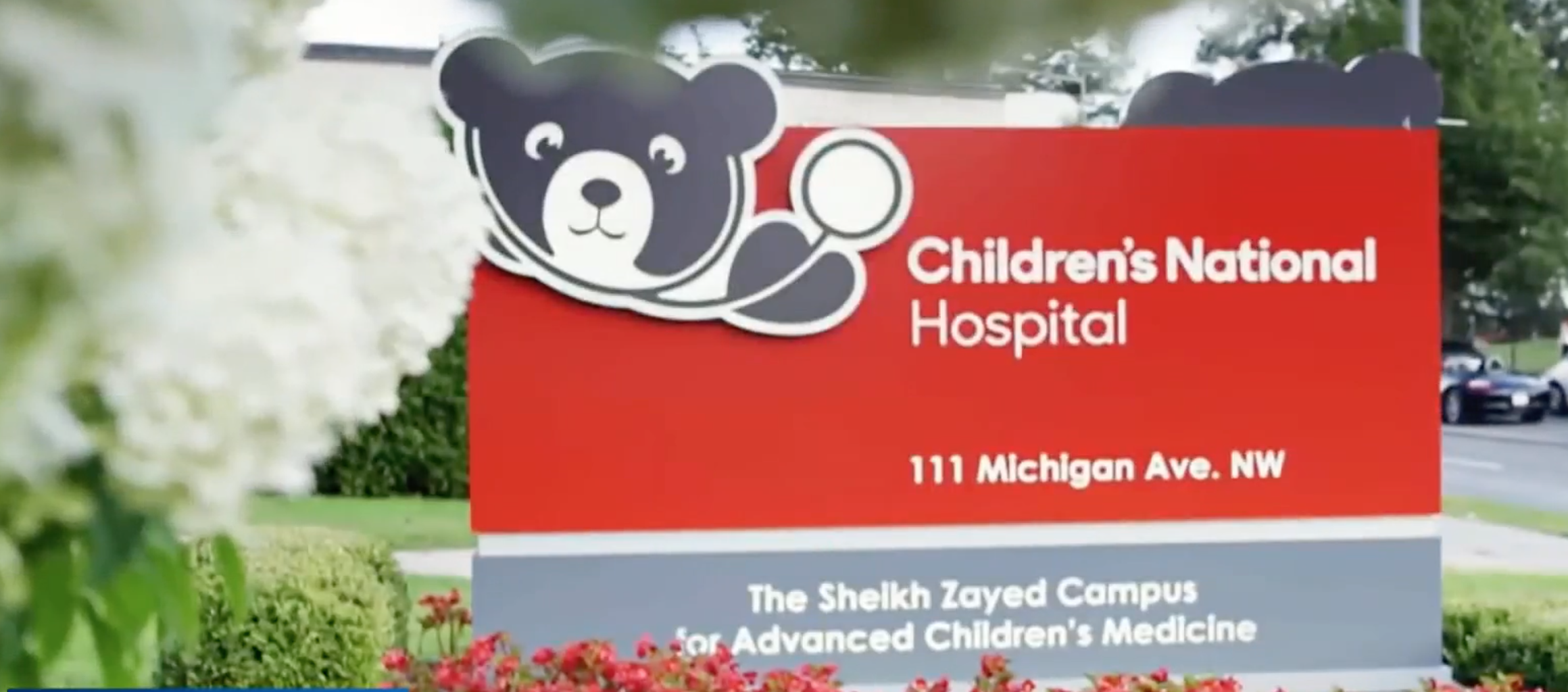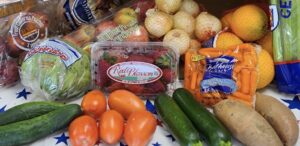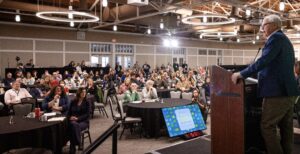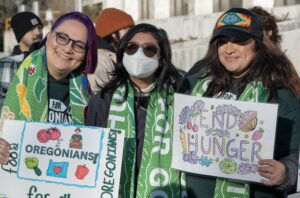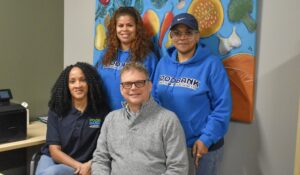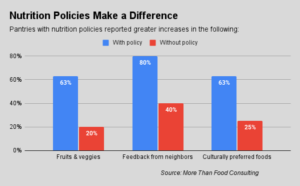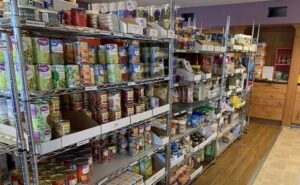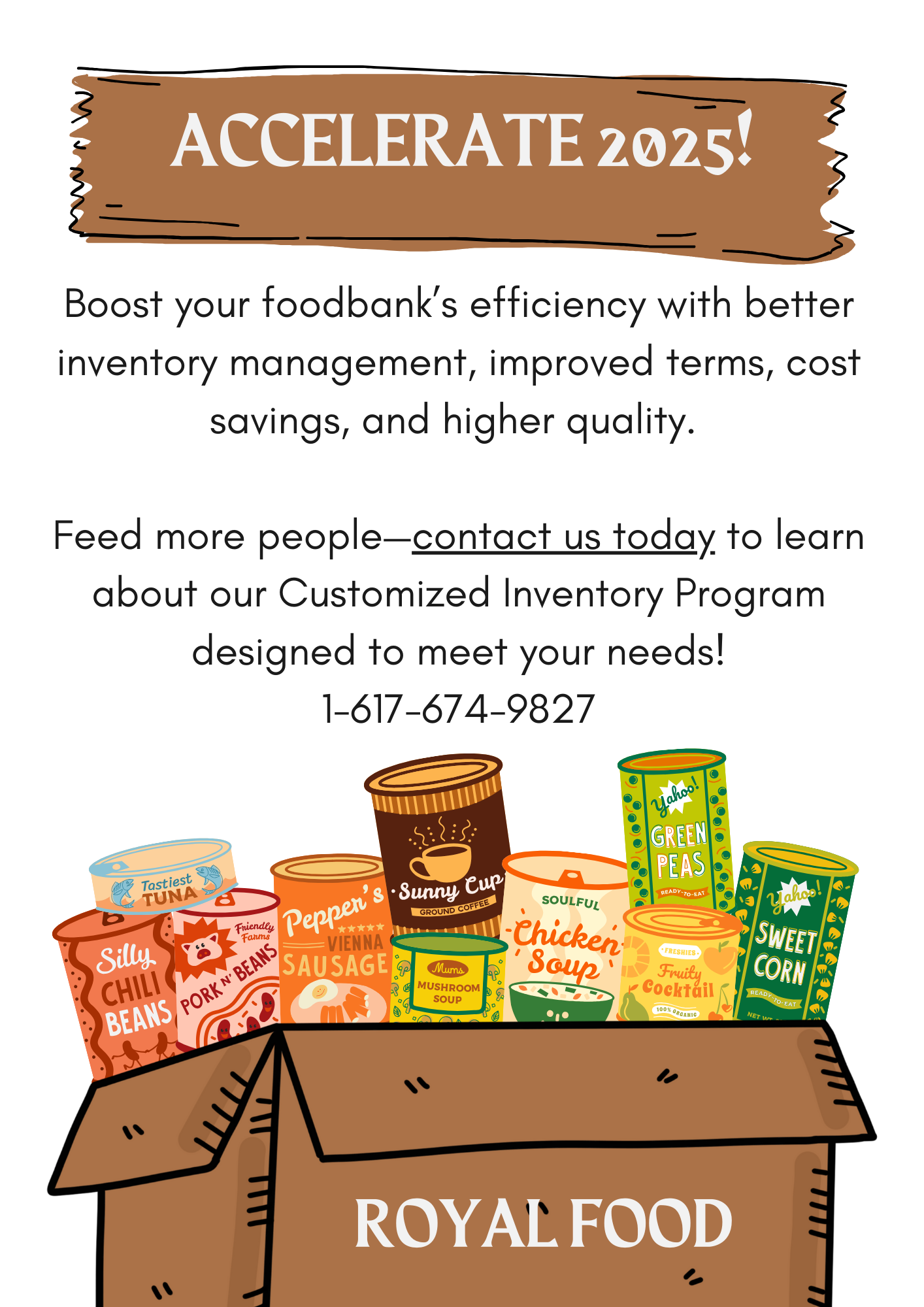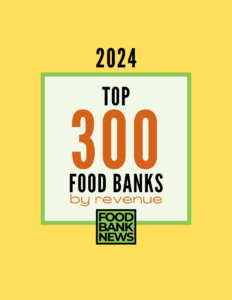It’s not an easy decision for a food bank to take the lead on a major research project. Such studies can be expensive, drawing resources away from the more immediate goal of distributing food.
At D.C.-based Capital Area Food Bank, an investment in research is paying off in big ways, including in the realm of Food is Medicine. The food bank’s research-oriented approach has given it a major role in shaping health care policy in the District of Columbia, while also advancing its goals related to health equity.

The food bank is now a leading local voice on the value of linking food and health, thanks to its annual Hunger Reports, along with a pilot it is currently conducting with a local children’s hospital. The D.C. government, for example, included the food bank’s recommendations in its application to renew its Medicaid 1115 demonstration project, and is expected to closely involve the food bank in implementing the project once it is approved.
“We understood the importance of research in being able to establish food banks as important players in social determinants of health,” said Radha Muthiah, President and CEO of Capital Area Food Bank.
When the food bank released its 2023 Hunger Report, one statistic in particular caught the attention of local public health officials. The officials had not been aware that people who are food-insecure suffer from chronic disease at twice the rate of those who are food-secure. “There are many entry points when you’re in an advocacy conversation and trying to influence policy,” Muthiah noted. “This was a particularly important one about a year ago. They hadn’t seen this statistic before.”
The food bank’s research was also able to spell out the types of chronic disease that were occuring, county by county, and their level of prevalence. Demographic data also showed where those with food insecurity and chronic disease live and where they go to receive their healthcare. All of that not only helped define the problem, but also the types of healthcare partners that it would make sense to engage with, Muthiah said.
Separately, health officials expressed interest in Capital Area Food Bank’s leadership in a pilot with Children’s National Hospital. In that initiative, the food bank is helping to run a food pantry on site at the hospital that provides 35 pounds of healthy food per visit to families with food-insecure children who have diabetes or pre-diabetes. After establishing the pantry about two and a half years ago, “it became clear to us that we also needed a research study,” Muthiah said, to showcase the impact of the effort.
While research exists on the impact of medically tailored meals, there is much less related to the impact of medically tailored groceries, Muthiah said. “We felt that there wasn’t anything there, and this was a big push in establishing an evidence base that we ourselves wanted to use for advocacy and for other purposes,” she said.
For its Hunger Reports, as well as the pantry pilot, Capital Area Food Bank engaged NORC at the University of Chicago to serve as a third-party researcher and evaluator. In the case of the pantry pilot, NORC’s involvement ensures the development of a professional, peer-reviewed study that can be published in a scientific journal and meets Institutional Review Board requirements for projects involving human subjects.
Research is not cheap. To produce its most recent Hunger Report, for example, the food bank raised funds to cover the cost of $350,000 or so. That included the expense of getting representative responses at the county level from 4,000 participants, including incentives for people to fill out the survey.
By making an investment in research, Capital Area Food Bank expects it can alleviate that burden for other food banks. “Hopefully, a few of us do it and that’s sufficient, and the rest of us can get on with getting food to people to ensure those health outcomes.” – Chris Costanzo
Like what you’re reading?
Support Food Bank News
